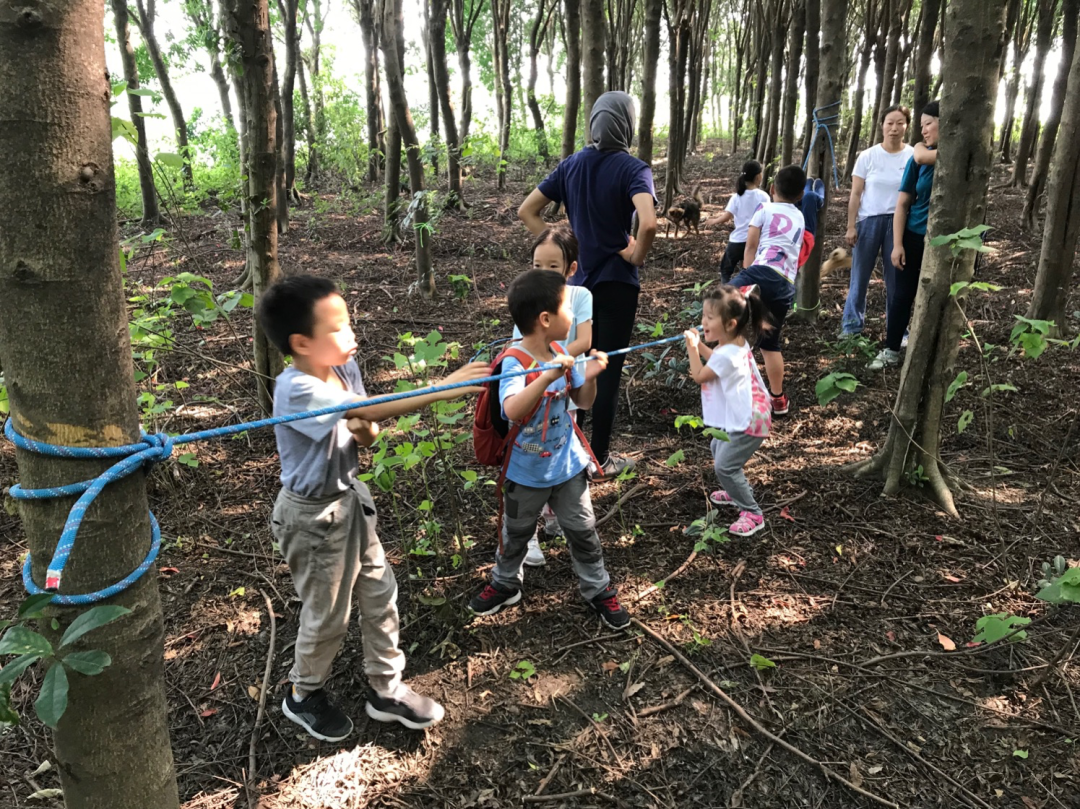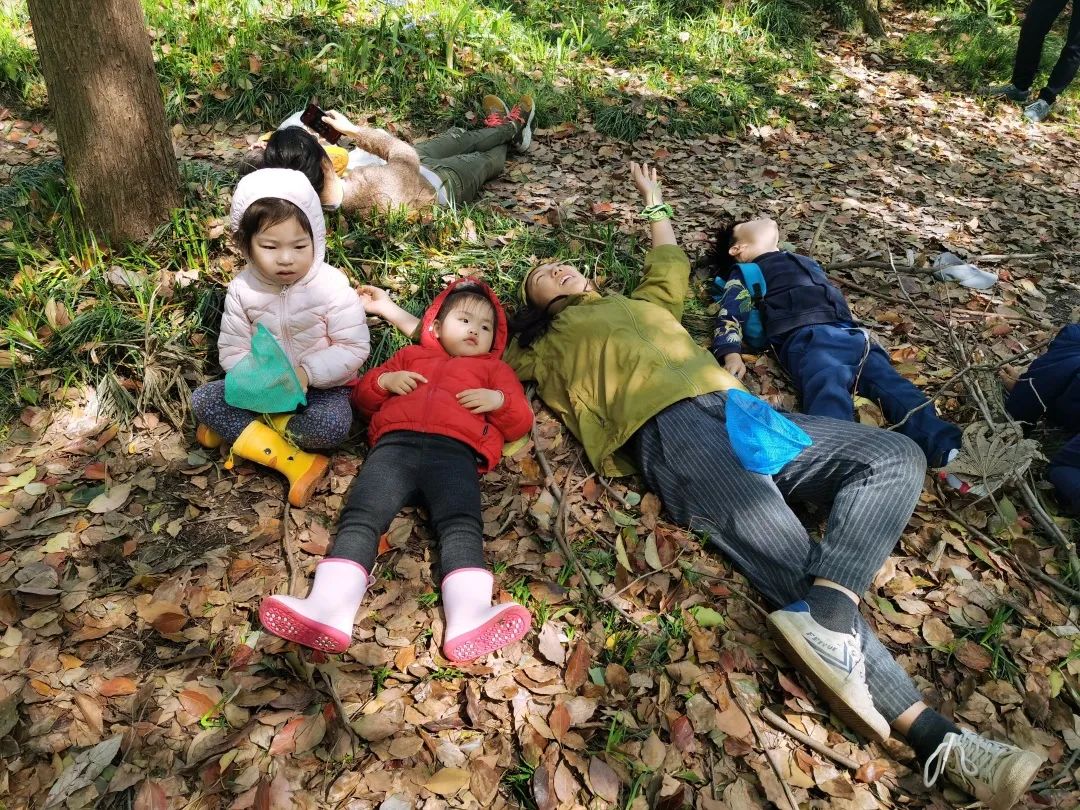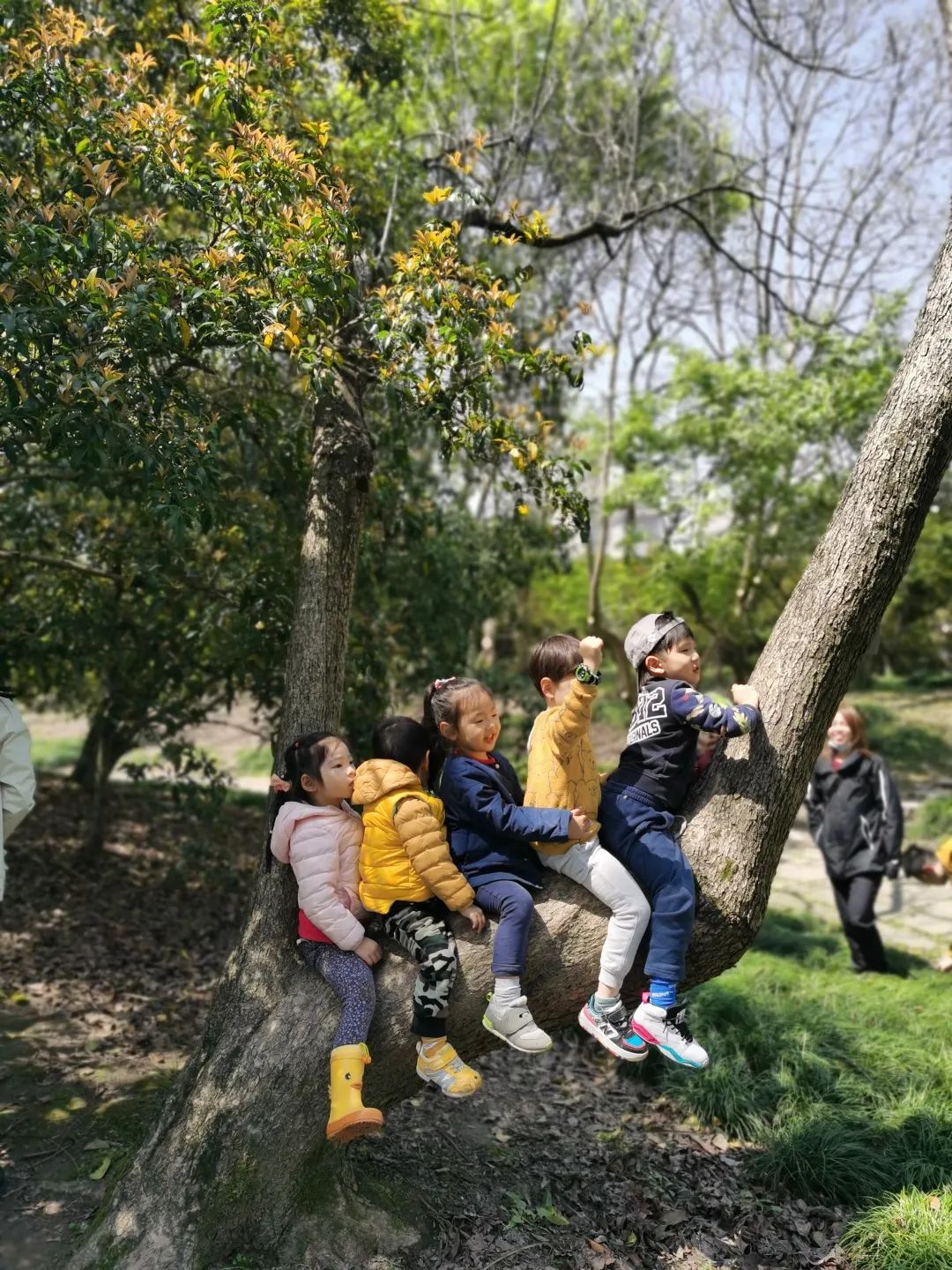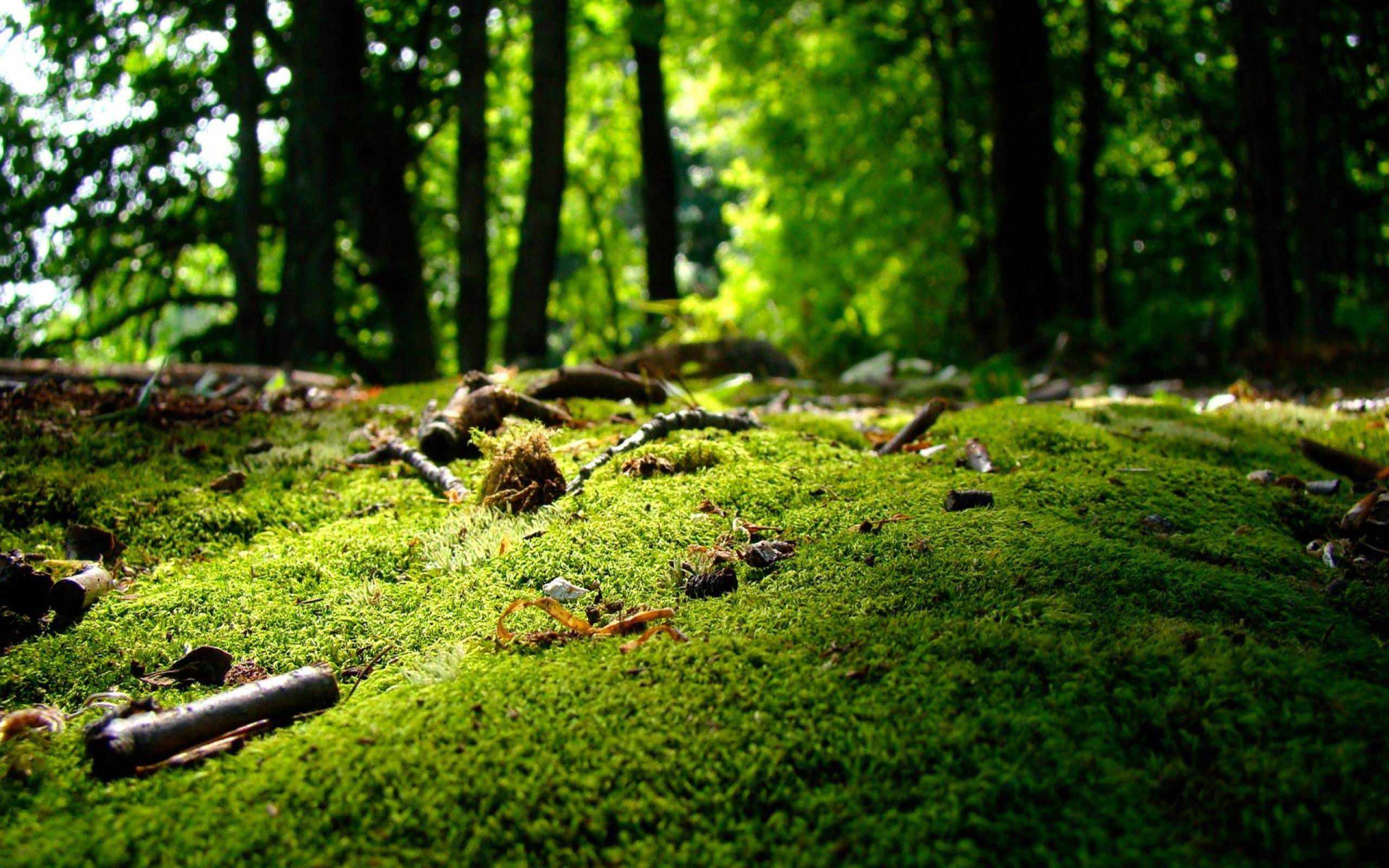Author:
Joan Elizalde
Short summary:
Play is a fundamental element of human nature. It is, in fact, a necessity specifically crucial during our early years. The outdoor classroom provides us with an environment where free play is a central element, while freedom contributes to develop confidence, self-esteem, autonomy and character development.

Joan, born in Spain, is a Nature Guide from Green Steps. As the head of Nature Education Training project, Joan shares his thoughts on the relationship between play and growth.

Play is a fundamental element for the development of mammals. It is therefore deeply embedded in our human nature. It is, in fact, a necessity throughout our lives, and its importance is specifically crucial during our early years. It is the dominant method for a child to explore and apprehend the world around him/her and around others. By playing, children acquire essential life skills that they will need later during their lives in order to learn new things. The absence of play generates physical, learning, social, communication and emotional difficulties, which can eventually result in serious disorders. Play is a fundamental requirement and it expresses an innate impulse for a child to grow into a healthy and balanced individual.

The outdoor classroom provides us with an environment where free play is a central element, while lessons are learner-centred and open-ended. Freedom is present in every aspect of our method. Choices and decisions on how each learner wants to drive his own development follow his own ideas and interests often happen at a subconscious level. The fact that the learner is empowered in the decision process is fundamental in promoting his self-confidence, self-esteem, autonomy and character development. This increases internal motivation, which has a long-lasting effect in the sense that it consolidates his curiosity and awe for learning. All this contributes to building his well-being and preparing him to develop further and unfold his potential as he will be facing new situations in his life.

Play is the purest essence of learning. By understanding its important role in human development, a Nature Guide can make it a fundamental method of promoting learning.
In order to support freely chosen play effectively, it is necessary to standardize the measures that define, monitor, and manage the frame and the interactions with the elements that surround it, including policies, strategies, training, education, communication in/out of the activities. All efforts are gravitating around the concept that play should empower the growth of the learner, and the implications that this affects how things are done, communicated and decided.

By giving a central role to play, a Nature Guide is able to facilitate sessions that follow a child-led approach; and an effort is made to consciously avoid the tendency to impose adults‘ schedules and plans into the learning program, despite parents or schools questioning about that. Once accepted that the goal of learning through play is not to complete tasks but to grow through the process, the imposition of topics falls into a secondary position, and is often unnecessary. Rather, it can occasionally function as an optional resource for adding additional ingredients to the playing process.

During Green Steps activities, the role of a Nature Guide is to assess the suitability of the outdoor space to host learners at play. For this purpose, he completes a risk assessment. He/she manages existing risks and hazards evaluating both the benefits and likelihoods of these causing harm. To create the opportunity to play, he/she may add specific tools, equipment, and props that ensure the learners’ wellbeing to be maintained, and that they can harvest the power of their creativity with minimum limitations. Some other aspects of his/her role in the creation of a space for playing involve promoting positive group dynamics, being a role model, building relationships based on trust and mutual respect, and introducing learners to knowledge and skills that are in their zone of proximal development. In this dynamic process, the Nature Guide is taking care of the emotional, physical, and environmental space where play happens; and he does so first by planning it and then by involving the learner in the process.
For a Nature Guide it is necessary to take perspective on when to respond to any situation; with this step back, he/she assesses the actions of the learners from a safety perspective, considering risks, educational benefits, emotional implications, and personal skills. If for some reason he/she does not have enough information to make a decision, he will err on the safe side, aiming to protect the learner’s safety and wellbeing.
After each session, the time dedicated to reflection and sharing is spent to collect impressions and information, obtaining benefits through a collective perspective. Green Steps Nature Guides record the outcomes of each session and discuss them as a team. This contributes to an increasing understanding, development of experience and better responses from the practitioner in the specific group with which they work.

The awareness of the relationship between the Nature Guide and his/her environment, and with the learners happens in a synergy. As the practitioner collects experience and knowledge of the space he operates in, he is better able to provide meaningful and engaging activities that use the potential of the existing resources. As the Nature Guide builds a positive relationship with the learners, they are more able to trust him, open their thoughts and share emotions with him, giving him back further information that he will be able to use to better help them in their learning and development.
To empower a child-led learning, the Nature Guide uses open-ended activities, suggestions and questions that enhance the continuous development of the decision process of the learner. Rather than enclosing the subject of study, the approach is to embrace its potential of interactions and relationships with all the present elements of the space. The context of learning is very practical and experiential, and the learners play in real-life situations. This realistic approach includes risks and benefits that need to be continuously kept in mind.
There is also a big effect on the learner’s wellbeing: by receiving this constant feedback from the environment and from others, the learner develops his awareness and capacity to make decisions, work autonomously, and protect himself while respecting others and the environment. The practitioner supports this process accordingly by demonstrating, role modeling, and guiding the actions of the learners.
references
The 8 principles of Play, Play England 2004
http://www.playengland.org.uk/playwork-2/playwork-principles/





